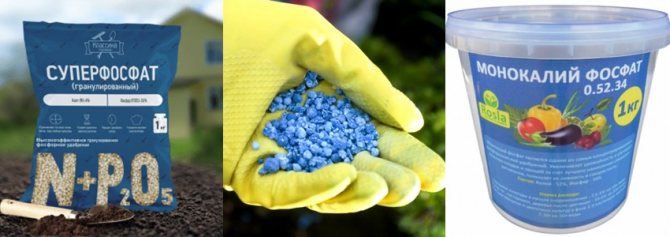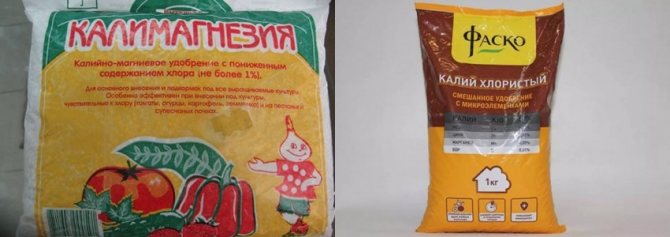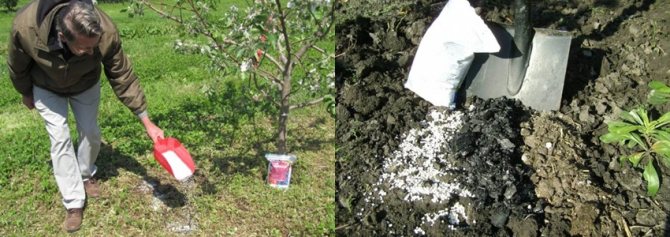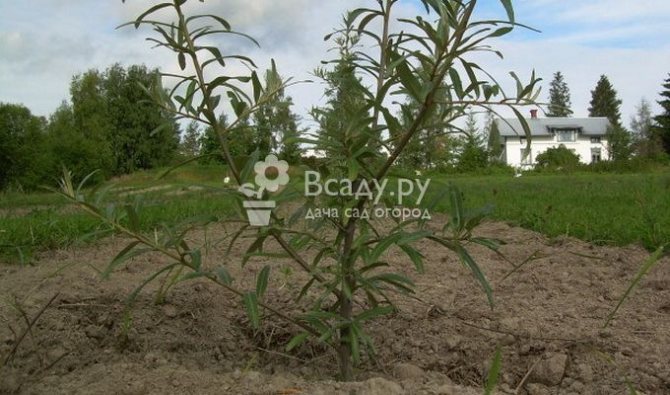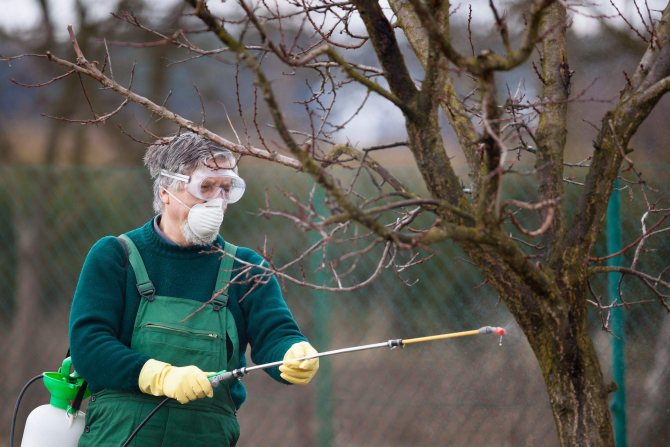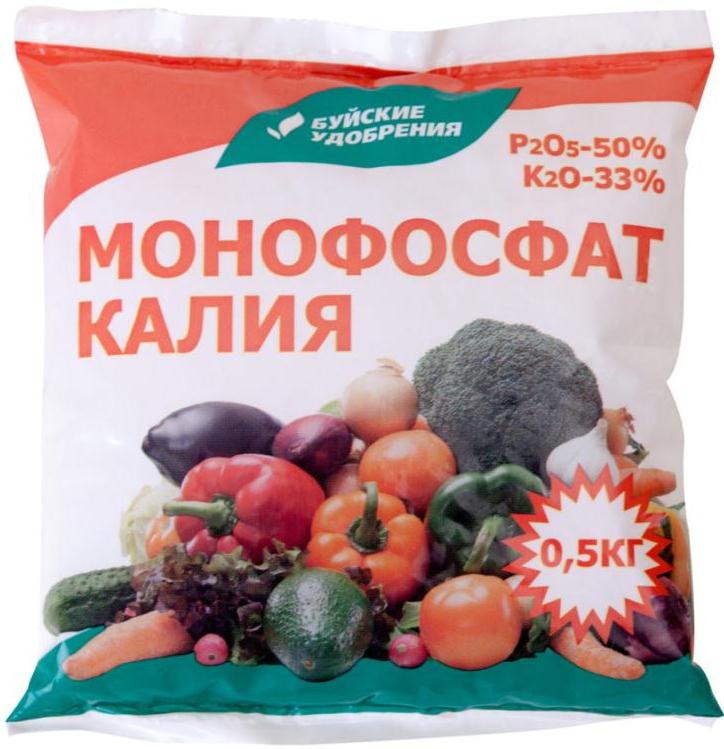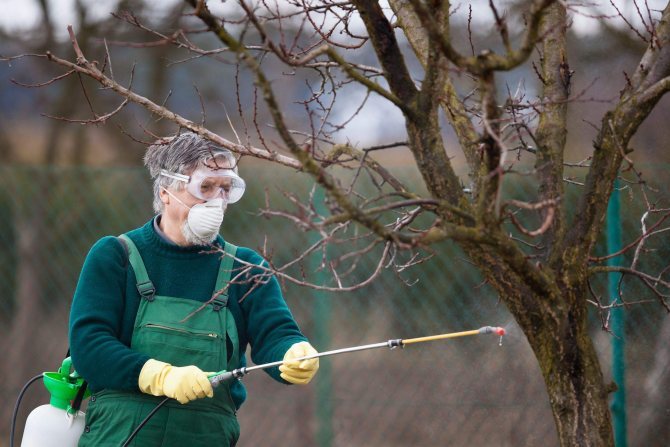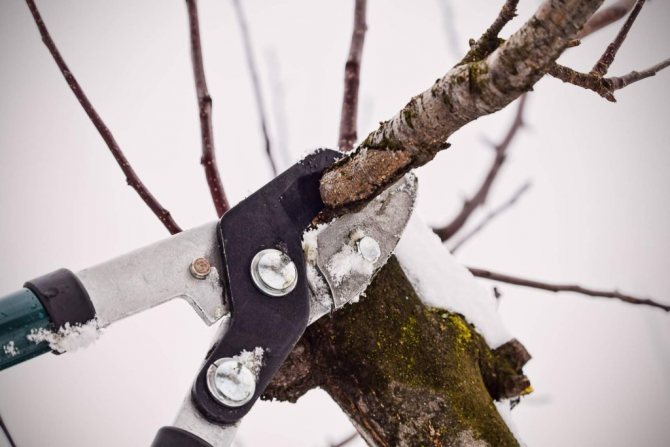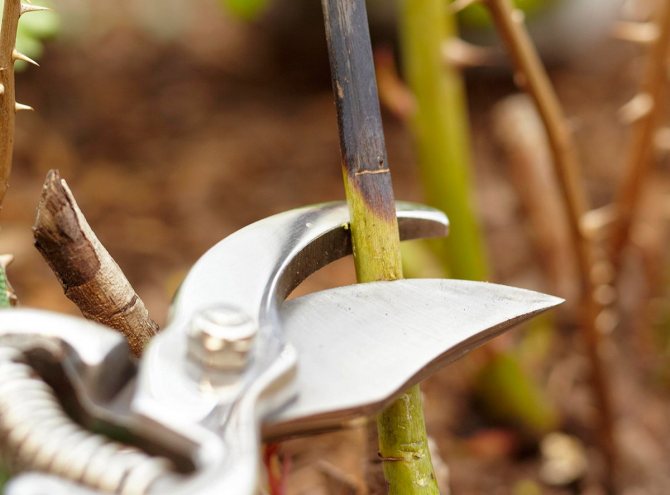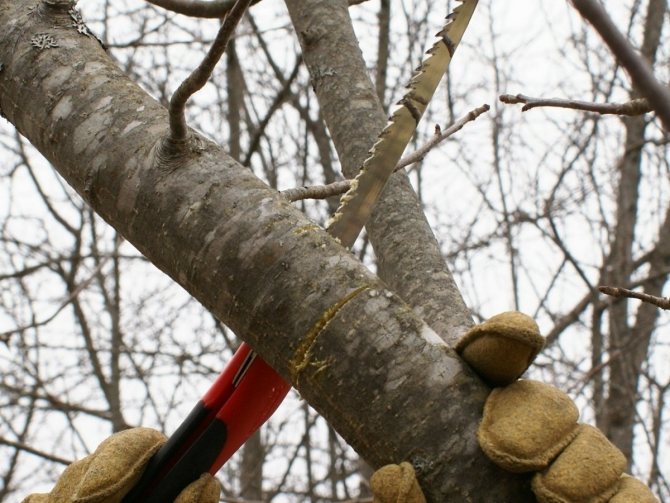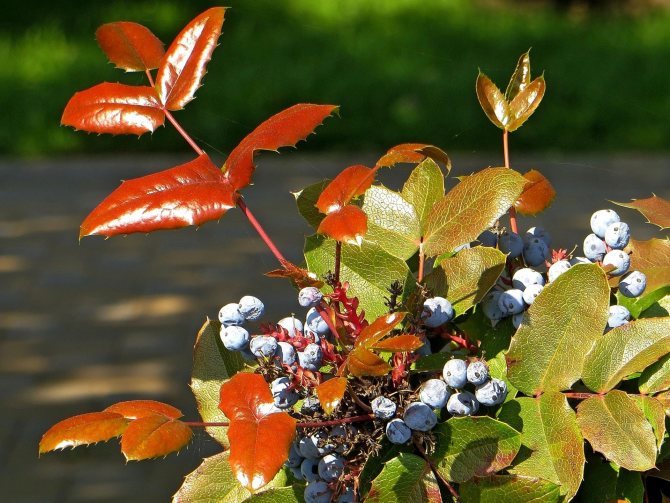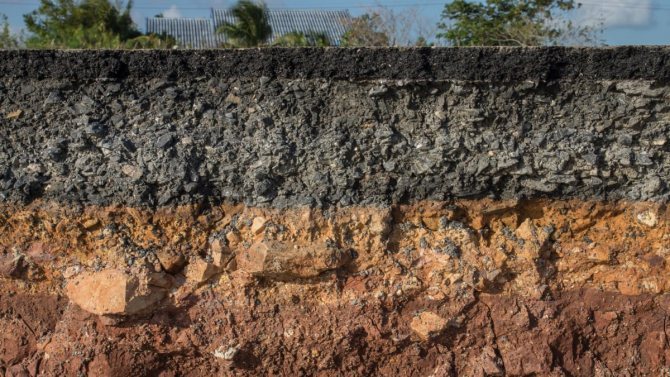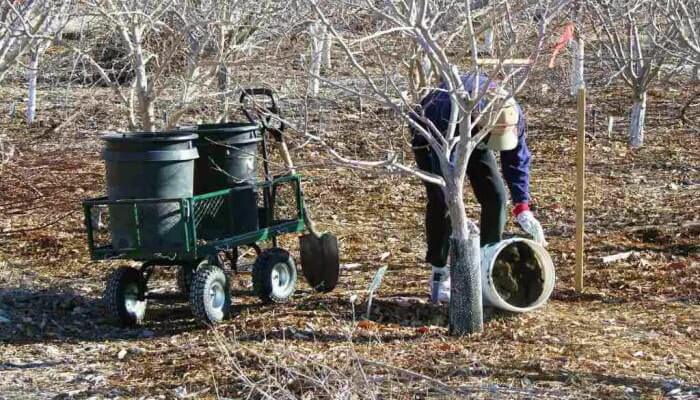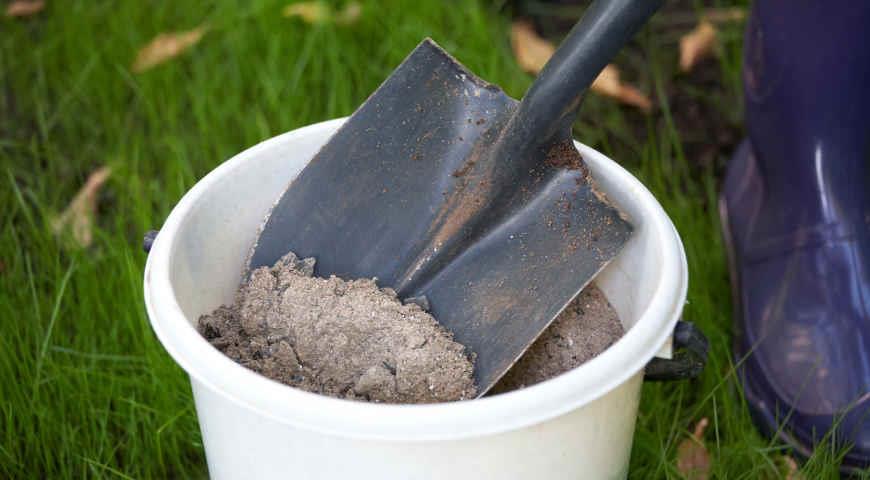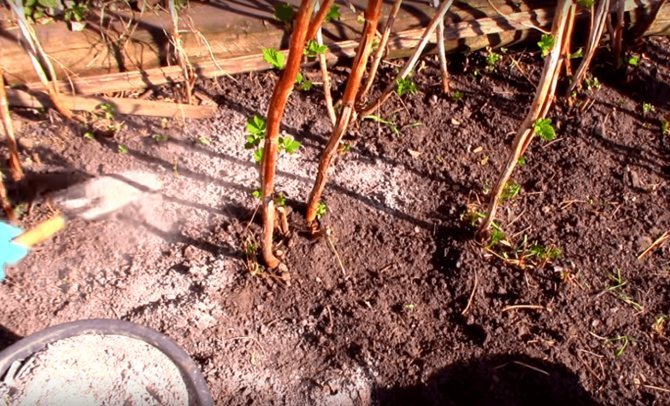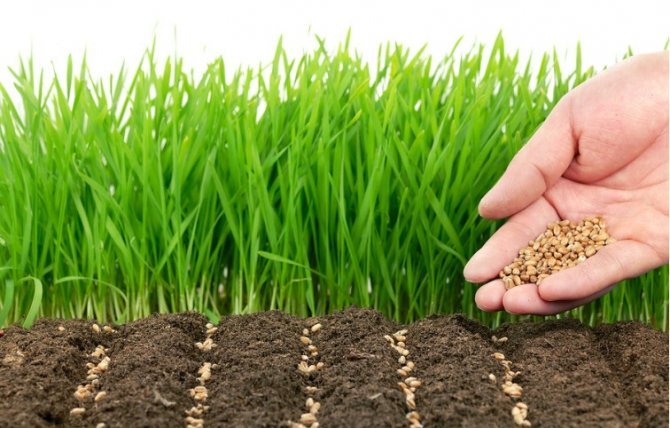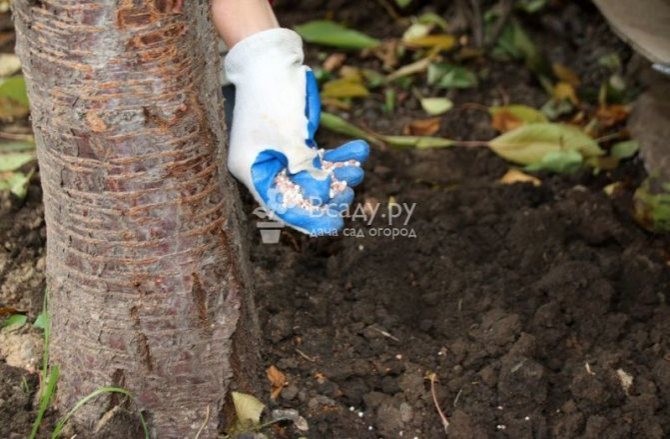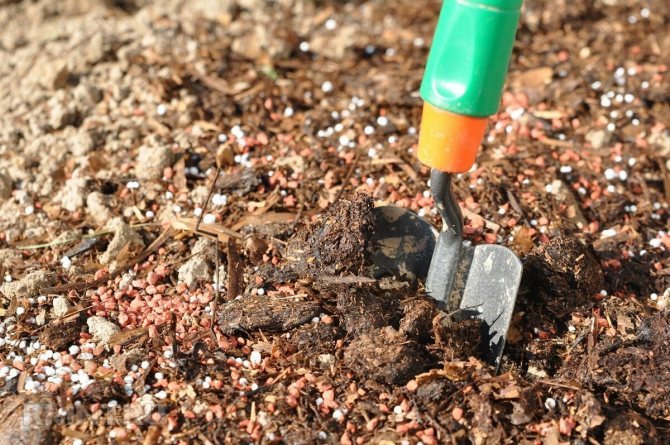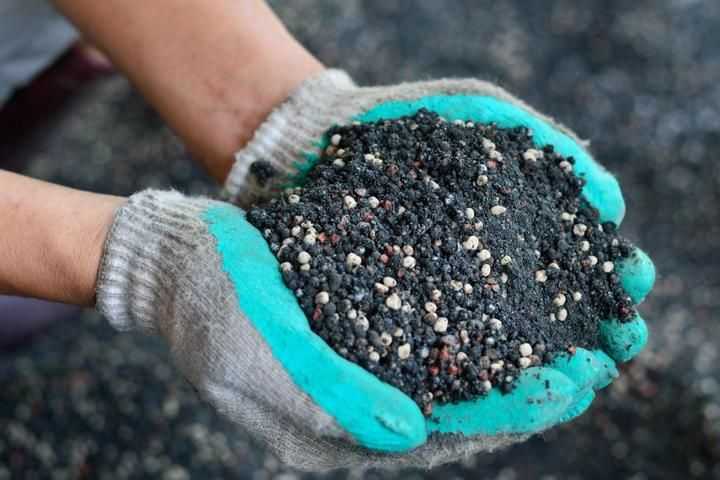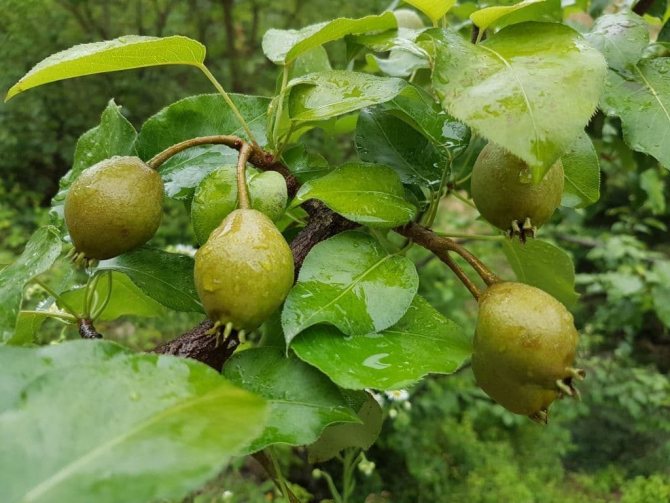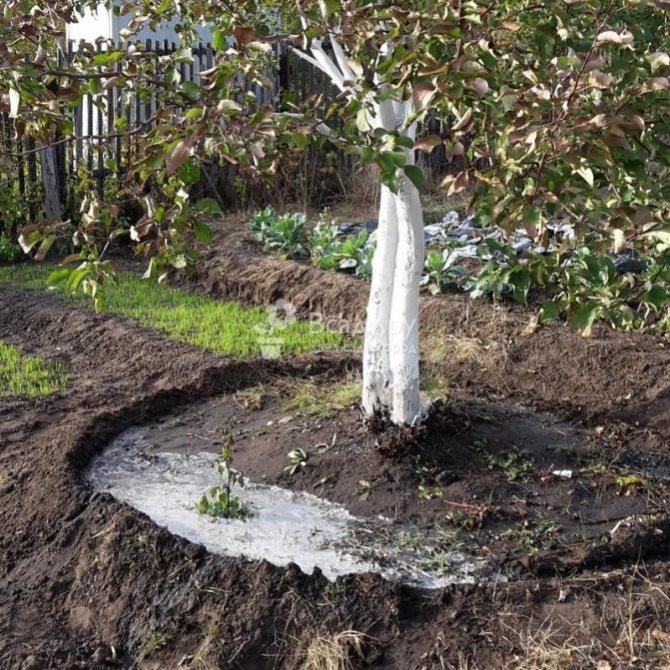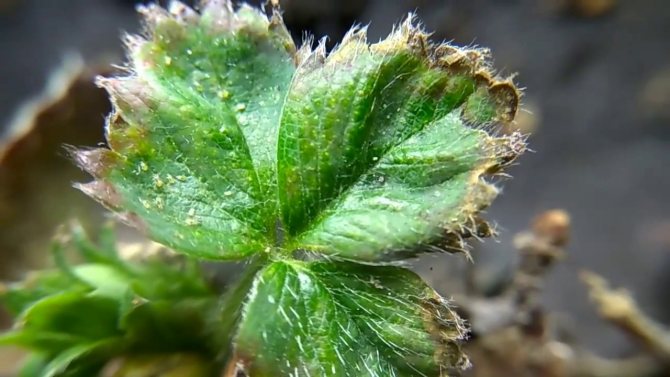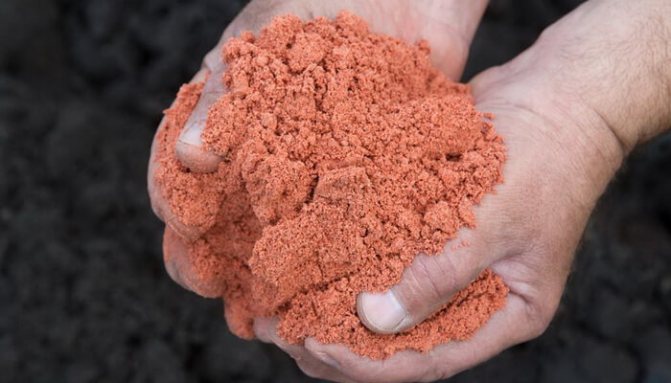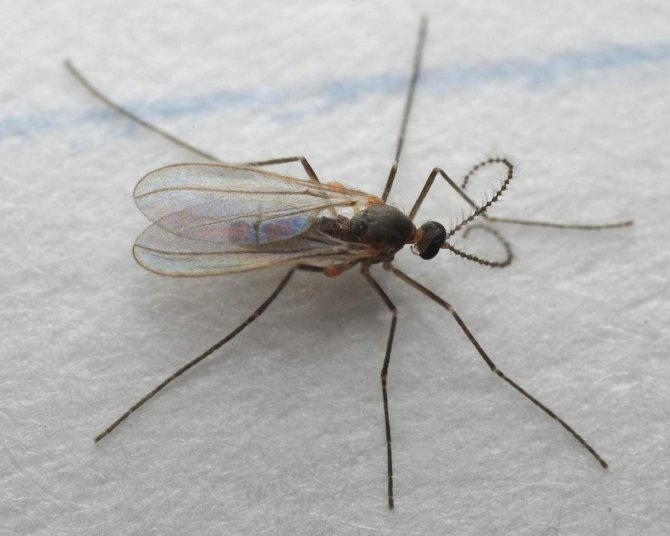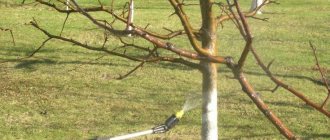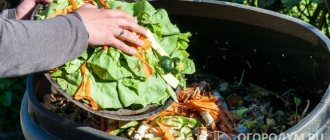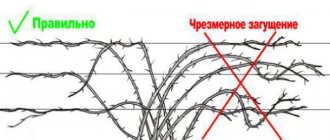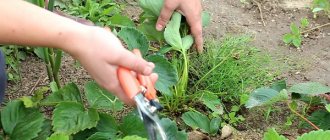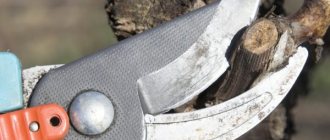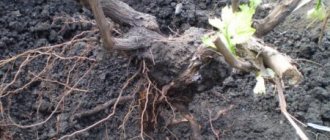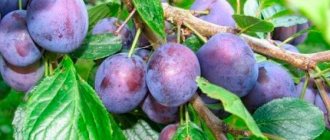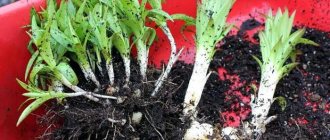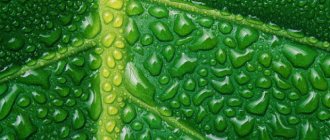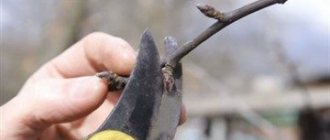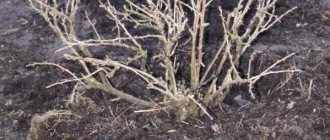Top dressing of fruit trees and shrubs in autumn is an important stage in gardening work, because trees grow in one place for many years and annually take nutrients from the soil, the lack of which can affect the yield, immunity and appearance of plants.
Autumn activities are carried out after fruiting in 2 weeks, when the movement of juices is suspended and at the same time it is possible to carry out sanitary pruning, pest control measures, whitewashing or wrapping the orchard for the winter.
What fertilizers should you use?
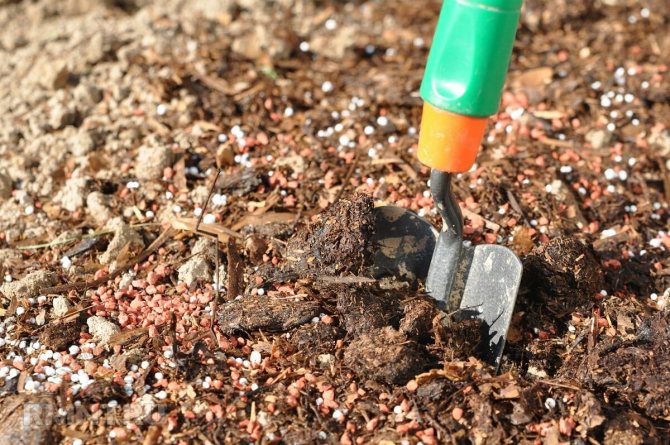
Avid gardeners do not waste anything, therefore fertilizers for fruit trees and shrubs in the fall can be found here - on the site.
This is a useful organic matter that does not allow the earth to deplete. Unused fruits rot right under the trees, providing food for soil bacteria that create humus - the main substance, the amount of which affects the soil fertility.
Unfortunately, such autumn fertilizers are not enough for the garden and vegetable garden. To prevent the trees from getting sick, they must be provided with a full range of nutrients: nitrogen, potassium and phosphorus. Potassium-phosphorus autumn dressing in the garden is good, but you need to be careful with nitrogen.
In winter, it is not used, otherwise the tree will decide that spring has come and will grow many new shoots, which in a month or two will not have time to be covered with wood and will die.
But first, parasites, fungi and bacteria will start on them, which can destroy the entire tree.
Organic
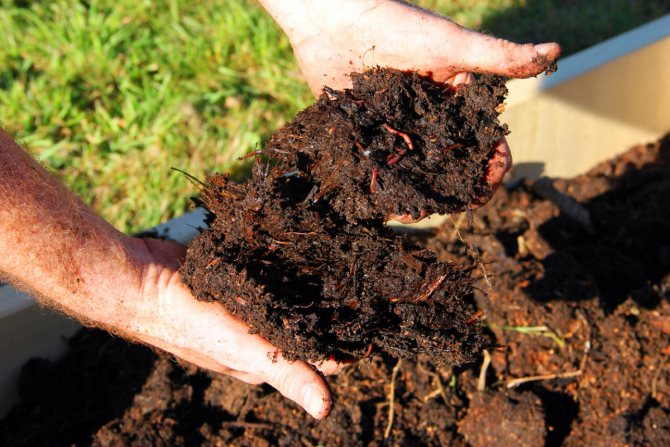

The possibility of increasing the thickness of the fertile layer is provided by the autumn feeding of fruit trees with organic substances.
How does this happen:
- The nutrients enter the soil, where soil bacteria and earthworms begin to eat them.
- Due to the rains, unrecycled residues sink into the lower layers. Accordingly, microorganisms move deeper into the soil for food, where they leave their waste products.
The more organic matter in the soil, the better it holds moisture and the more nutritious it is for plants.
What to use and how to feed fruit trees in the fall:
- wood ash;
- manure, humus;
- chicken droppings;
- compost;
- siderates.
Wood ash is considered an autumn fertilizer for fruit trees and bushes.
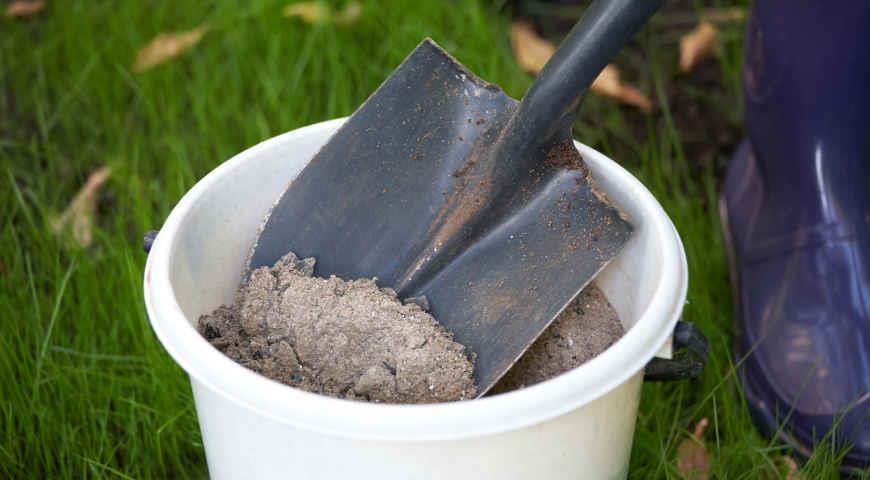

It contains no nitrogen, only potassium, phosphorus and calcium. This is all that fruit trees are fed with in August-September.
In addition to the main nutrients, plant residues contain micro doses of substances that affect the plant's immunity: boron, zinc, copper, iron, magnesium, manganese and others.
To stock up on a sufficient amount of ash, it is necessary to collect it after burning leaves, branches, unnecessary bark and store it in a dry place, closed from moisture.
To properly apply ash fertilization and ensure assimilation by trees, you must first water the soil. But autumn watering is not 2 - 3 buckets.
Depending on the age of the tree and the size of its crown, it can take 200 - 250 liters of water for each. So that the water is well absorbed and does not spill over the site, the soil is dug around the trunk.
Ash is added at the same time - 200 g per square meter.This is followed by abundant watering and mulching, which reduces evaporation and warms the roots of the trees. Especially useful for the autumn feeding of young, newly transplanted plants.
Top dressing of fruit trees in autumn is carried out with rotted manure.
Fresh is not used either in the autumn or in the spring.
It contains a lot of active ammonia, which in a matter of days will damage tree roots and destroy seedlings.
In the garden, manure is used one or two years ago.
It is not recommended to keep it any longer, as the substance loses its beneficial properties. The manure is evenly distributed around the trunk circle and dug to a depth of 30 cm, then watered with plenty of water, as already described.
About 6 kg of manure is needed per square meter.
With chicken droppings that have lain for at least a year, they do the same.
You can make a solution: pour a third of a bucket of droppings with water and leave for a week. Dig up the trunk circle, pour the solution and pour water on top. Poultry droppings are more nutritious, so 3-4 kg per square meter is enough.
Recently, manure has been replaced with green manure.
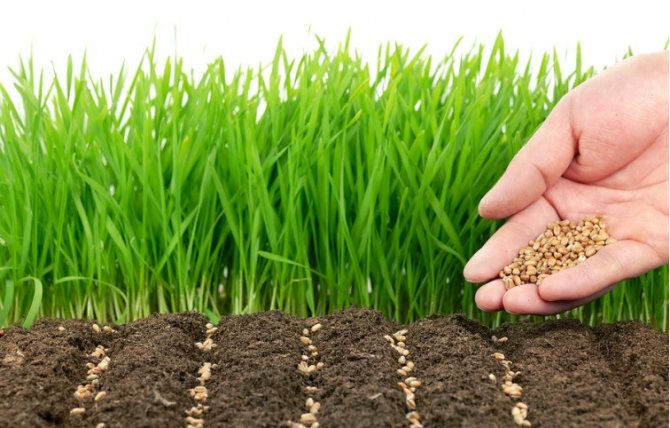

In terms of nutritional value, they are in no way inferior to animal organics, but they are much easier and cheaper to use.
Plant residues contain a full range of nutrients: nitrogen, potassium and phosphorus.
Nitrogen in green manure until complete dissolution and decay is not available to plants, therefore it is safe in autumn.
With siderates, proceed as follows:
- They are cut off from the garden and transferred under fruit trees.
- Dug up with the soil and watered. On top to accelerate decay, you can lay mulch from leaves or straw.
- You can sow several types of green manure plants directly under the trees and do not cut them for the winter. In the cold season, the plants will die and by the spring they will be partially decomposed by soil microorganisms. The layer of green manure must be at least 15 cm.
If the farm has a compost heap and the gardener practices compost cultivation, this is the safest and most reliable way than feeding fruit trees and shrubs in the fall.
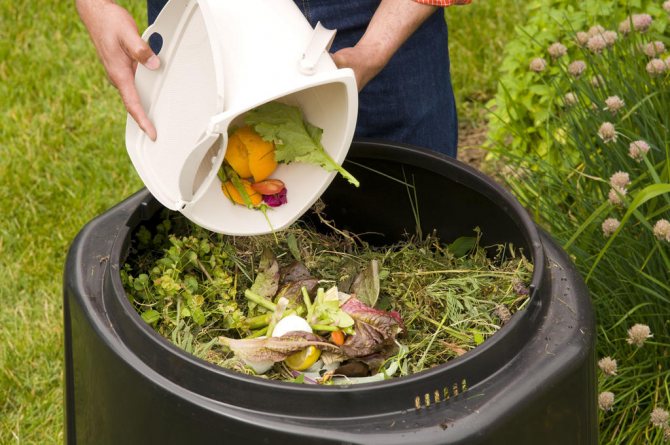

The maturation of compost takes a long time - a year or a half. Consists of a mixture of animal and plant residues, kitchen waste, garden soil. After ripening, the mixture has a deep black color with a scent of earth.
It does not contain weed seeds, parasite larvae and other harmful elements. Compost is dug up with soil under fruit trees, bushes of raspberries, currants, gooseberries, strawberries.
For the next two years, you can either not feed the plants at all, or use mineral mixtures.
Mineral
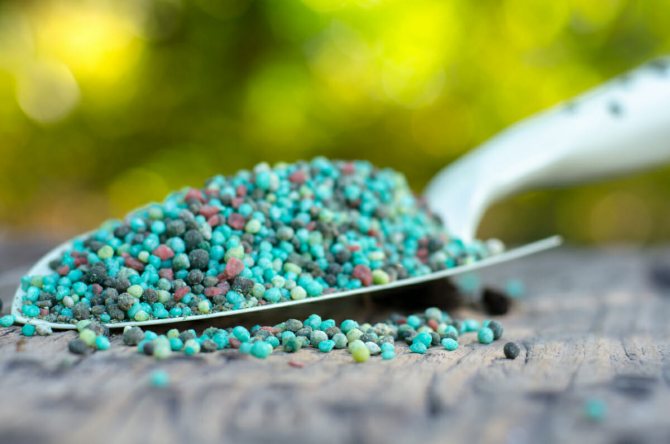

How to feed trees and shrubs in the fall, so as not to harm: you must follow the same principle by which organic matter is used.
Mineral nitrogen must not be used. It dissolves quickly and is absorbed by plants, unlike organic.
The most popular are:
- superphosphate to support and strengthen the root system - 50 g per square meter;
- potassium sulfate or potassium sulfate - 40 g per square;
- potassium chloride;
- phosphate rock.
Typically, gardeners simply sprinkle the pellets on the ground and water. Phosphorus is inactive in the soil, so it does not move to the lower layers in winter.
Superphosphates are applied with potash fertilizers, since these elements interact well and are more effective in steam than separately.
You can choose a mixture of how to fertilize trees in the fall at a garden store. There are special "autumn" mixtures where nitrogen is either completely absent, or is present in minimal concentrations. The proportions of substances are given in the instructions.
In autumn, you can use potassium chloride, which not all plants like. But during the winter period, active chlorine is eroded and neutralized.
In the spring, such fertilizers are not used, since chlorine inhibits the vegetative organs, as a result of which growth and flowering are delayed.
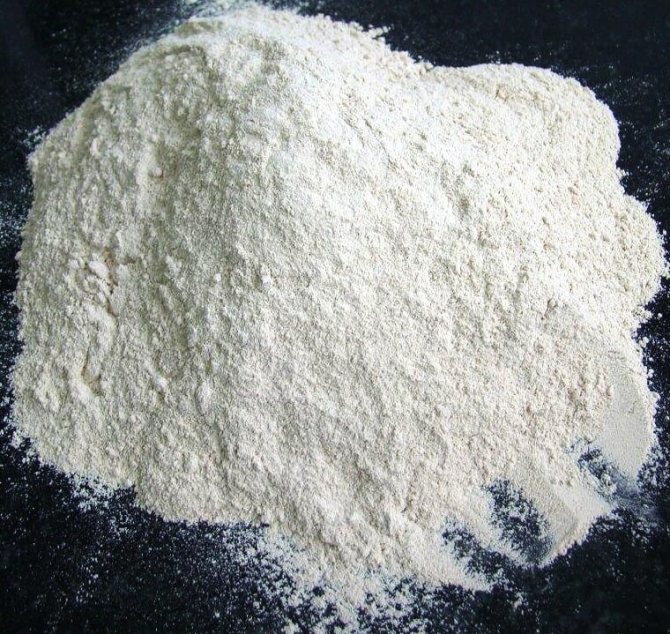

Phosphorite flour
Once every 3-4 years, you can use phosphate rock, which is considered a long-lasting autumn fertilizer for the garden.
Minerals need time and soil acids to dissolve, so autumn dressing is preferable.
In the next 3 years, it will be necessary to use only potash and nitrogen fertilizers in the spring, not counting organic matter.
Before adding phosphorite flour, the soil should not be limy, because phosphorus does not dissolve in an alkaline environment, and the plants will develop poorly and bear fruit worse.
Complex
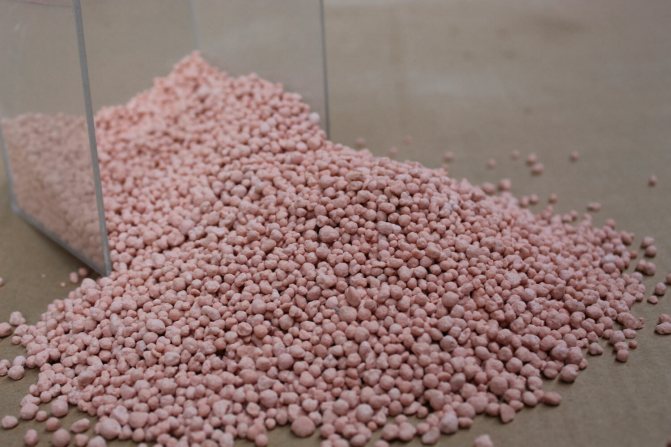

Nitroammofoska
Fertilizers from a complex of elements are the most convenient to use. A balanced combination of nutrients provides nutritious nutrition for garden trees.
The most popular ready-made products:
- Nitroammofosk;
- Ammofoska;
- Potassium nitrate;
- Specialized complexes: "Autumn", "Fruit Garden", "Kemira".
Foliar dressing
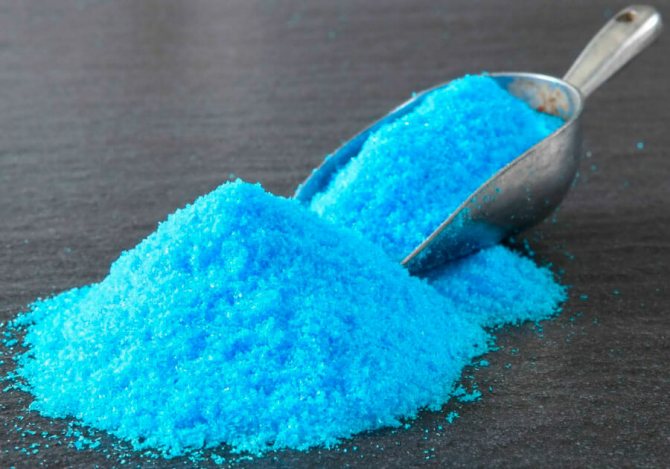

Copper sulfate
Copper sulfate, which is used to process and at the same time feed trees in the fall, is a generally recognized remedy for pest control and maintenance of plant immunity.
The main trace element is copper. In the fall, more concentrated solutions are used to spray plants in the garden.
In the spring, you need to have time to process the garden before budding, that is, until the juices begin to move.
For spraying and feeding fruit trees and shrubs in the fall, iron sulfate is used.
It effectively destroys fungal spores, as well as moss and lichens on the bark. This drug does not protect against bacterial infection. When working with poisonous substances, wear protective equipment and goggles.
Why spray trees in the fall?
Along with the autumn fertilization, the plants are also subjected to additional processing. This is primarily therapeutic and prophylactic spraying. They are made to prevent damage by pests, destroy pathogens, additional foliar feeding, and strengthen immunity. Before spraying, it is necessary to carefully examine possible lesions, perform sanitary and shaping pruning of trees and shrubs, remove all plant debris from the site.
An important point: the treatment is carried out already with fallen leaves (more than 60% of the total volume), otherwise there is a great risk of causing a burn to the plant. The fact is that more concentrated compositions are used for treating trees in autumn than in spring and summer.
The introduction of the required nutrients is an important and necessary step in the care of any plant. However, it must be remembered that both the lack of substances and their excess can be detrimental to trees, shrubs and crops, lead to the development of diseases and the invasion of parasites.
Features and norms of feeding
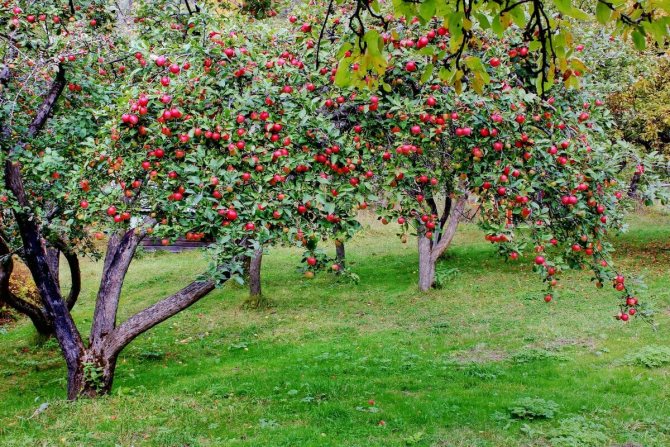

When deciding how to feed fruit trees in the fall, you need to take into account that any culture needs a certain fertilizer and individual dosage.
How to fertilize fruit trees?
The amount of applied preparations depends on the age and type of fruit crop: for young trees (up to 8 years old) add 30 kg of humus, and garden old-timers will need 50 kg.
The depth of embedding in the soil of the near-stem circle of cherries and plums is 15 cm, for apple and pear - 20 cm.
In addition to organic matter, fruit trees need minerals:
- For apple trees and pears you need to take 300 g of superphosphate and 200 g of potassium sulfate and scatter it under a tree in a circle, sprinkle a little with earth and water abundantly.
- For cherries, apricots and plums prepare a solution: 3 tablespoons of superphosphate and 2 tablespoons of potassium sulfate are dissolved in 10 liters of water.Pour 4 buckets of liquid fertilizer under each tree.
How to feed berry bushes?
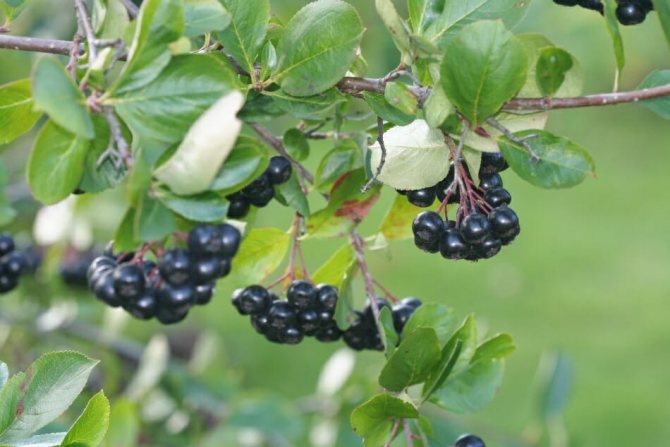

Humus is best used for garden shrubs.
To make the composition more balanced, you can mix it with mineral preparations:
- For gooseberries requires from 8 to 15 kg of humus with the addition of 40 g of potassium sulfate or 160 g of superphosphate. The mixture can be partially embedded in the topsoil and the rest used as mulch.
- Fertilizer for raspberries and currants consists of 10 kg of humus, 60 g of superphosphate and 40 g of potassium salt. Shallow grooves are made near each bush, into which the composition is poured.
Complex mineral compositions are effective for berry crops. After the end of fruit formation, strawberries can be fed with ammophos.
For each square meter, 15 g of the drug is added. It is better to apply such fertilizers after loosening closer to the roots, having previously mixed with humus, and then spill well with water.
Planting recommendations
The rules for planting or transplanting shrubs into the ground in the fall are quite simple. When planting a shrub, you should carefully choose a place for the future plant. You should not plant bushes on shady areas that need a lot of sun, and shade-tolerant varieties in open space.
A very common mistake when planting bushes in autumn is the use of seedlings that are brought from neighboring regions and do not have a fairly high level of winter hardiness. In most cases, such plants do not have time to acclimatize during the short autumn period and can freeze out in the first severe frosts or stop developing.
The shrub purchased must be well formed and have a well-developed root system. Before planting a seedling in the ground, you should cut off weak branches and shorten the roots a little, removing rotten or damaged branches.
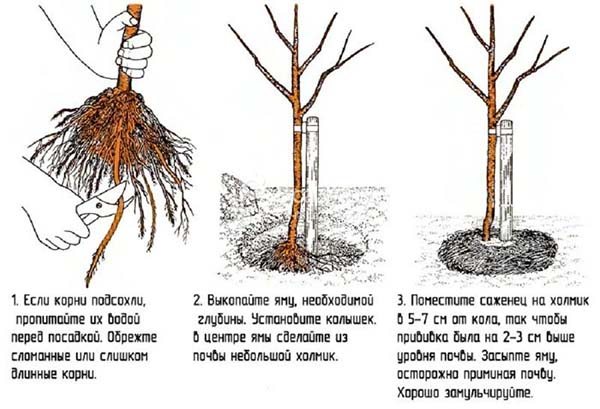

Planting holes should be of sufficient depth and width, which depend on the size of the plant itself. In most cases, the correct depth is 35-45 cm, and the width is 60-70 cm. In order for the plant to take root as quickly as possible, a mixture of peat, ash and superphosphate should be added to the planting pit. To accelerate the survival rate, you can soak the root system of the planted shrub in a solution of water and "Kornevin", a stimulant of rapid growth, for several hours. After the plant has been carefully and carefully dug in, a hole should be made around the bush and slowly pour water there so that it can be fully absorbed into the ground. For an average plant, 10-15 liters will be enough. After watering, it will be useful to mulch the hole with humus.
In the autumn months, shrubs should be fed only with phosphate fertilizers, which stimulate the correct formation of the root system. In the case of an increase in the concentration of nitrogen fertilizers or manure in the soil, the plant can enter the secondary stage of the growing season and will not be able to fully prepare for winter.
In cases of planting ornamental and fruit bushes with an open root, it is necessary to control the roots so that they do not dry out.
It is quite important to maintain the correct distance between plants, which depends on the type of shrub. For example, for group planting of lilac bushes, the step should be about 2-2.5 meters, for snowberry seedlings, about 0.8-1 m, and for chubushnik - 1-1.2 m.
Timing
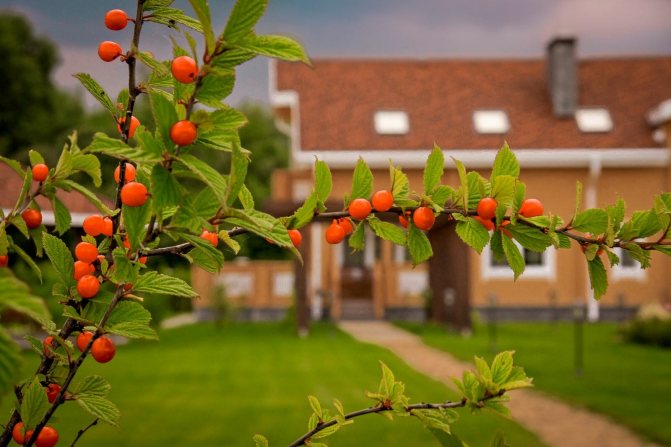

You can start feeding the garden from the last decade of August to mid-October.
The exact dates for autumn feeding have not been determined, so you should focus on the climate of the region and weather conditions in the season.
For stone fruit trees
Plums, apricots and cherries constantly require calcium, which must be included in supplements.
Stone fruits do not tolerate chlorine, therefore, when choosing a fertilizer, you need to carefully study its composition.
If the plants have finished bearing fruit by mid-August, you can feed them with Azophos or Diammophos while loosening.
For pome trees
Apple and pear are very sensitive to calcium and magnesium deficiencies, therefore it is very important that these elements are present in complex supplements.
Pome crops are fed with phosphorus and potash fertilizers in mid-September.
You can use a mixture of 30 g of potassium sulfate and the same amount of double superphosphate.
Sumac
The vinegar tree, or deer-horned sumac, in summer almost merges with the rest of the greenery. But as soon as its large, elongated leaves begin to turn purple, the exotic plant becomes the center of everyone's attention. The yellowing process is uneven and at the same time a whole palette of shades is revealed - from dark green to red, orange and saffron. Sometimes on the vinegar tree there are fluffy maroon racemose inflorescences, which give it even more decorative effect.
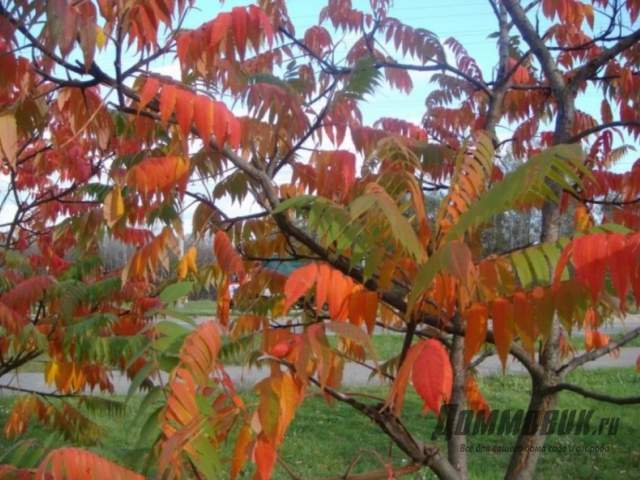

How do you know which nutrients are missing?
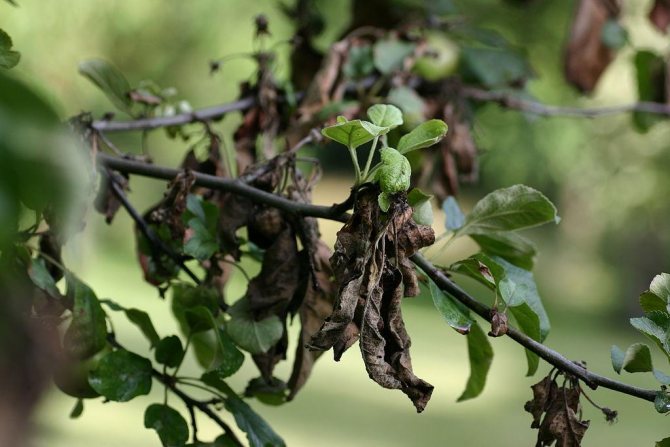

What fertilizers to apply in autumn under fruit trees will be prompted by the appearance of the leaves and collected fruits:
- If the fruits and berries were small and sour, then the plants were deficient in potassium, since it is responsible for the accumulation of sugar in the fruit.
- With small fruits, there was most likely a phosphorus deficiency. It is rare. Mainly on sandy soils or alkaline soils. This phenomenon can occur if uncontrolled liming was carried out.
- If it is necessary to reduce the acidity of the soil, it is better to use phosphate rock, which takes away excess acidity, but enriches the soil with phosphates.
- With a large number of parasites and wormy fruits, the plant needs nitrogen. In the spring, it will be necessary to fertilize with urea or saltpeter, and in the fall, lay green manure mulch, which also contains nitrogen, under the trees.
Nitrogen fertilization of trees in autumn and spring will strengthen the immunity of trees and they will better resist the invasion of pests. From autumn, all fallen leaves must be collected and burned so that the larvae do not overwinter.
You can spill it with urea and place it under the trunk as mulch. In this case, urea will serve as a disinfectant.
conclusions
In conclusion, we can say that in the fall, fruit trees and shrubs must be fertilized. Ideal fertilizers include:
- Potassium.
- Siderata.
- Ash.
- Phosphorus.
- Sawdust.
- Litter.
But substances with a high nitrogen content, for example, peat, should not be introduced until spring, since it will be difficult for plants to hibernate after it.
In the fall, it is brought in in small quantities and must be mixed with another substance. If everything is done correctly, then even the most severe winter will be transferred to fruit bushes and trees without problems and next year they will bring a rich harvest.
Possible mistakes
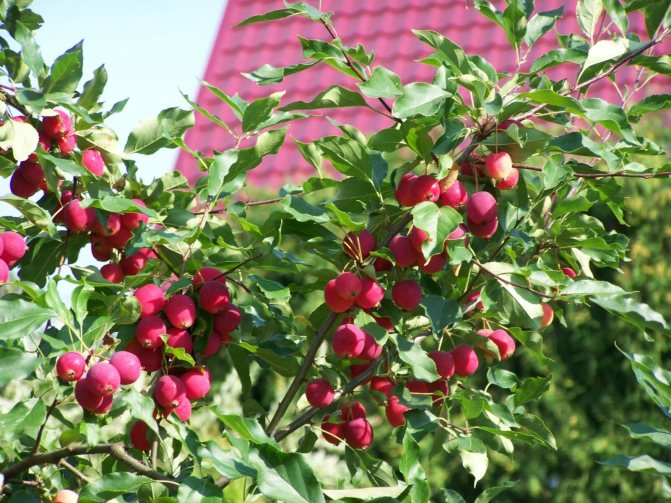

Knowing how and what to feed the garden in autumn, you can avoid fatal mistakes:
- The introduction of nitrogen compounds from the end of August to September will provoke the rapid growth of new shoots and leaf mass. As a result, in winter, young branches will freeze, and the tree will not have enough strength to wake up in spring. It is allowed to introduce organic matter containing nitrogen in October before the first frost.
- Fertilizing the soil stuck in frost will have no effect, as the soil structure becomes denser and nutrients will not reach the root system.
- For autumn dressing, it is forbidden to use fresh manure, even pouring it over the ground. A high concentration of ammonia will burn the roots and the tree will die.
Pruning fruit bushes
Berry bushes form the basis of the garden and are a source of vitamins and other useful substances for the human body.Growing fruit bushes is not extremely difficult, but it takes time, effort and special knowledge.
One of the most important points of care is the pruning of fruit shrubs, which should be carried out at the time specified by agricultural techniques, since correct pruning has a positive effect on the health, life span and yield of the crop, while untimely or improperly carried out pruning can cause serious, and in some cases and irreparable harm. Autumn pruning of the main fruit shrubs is carried out almost annually, and they usually start when the dormant period begins for the bush.




